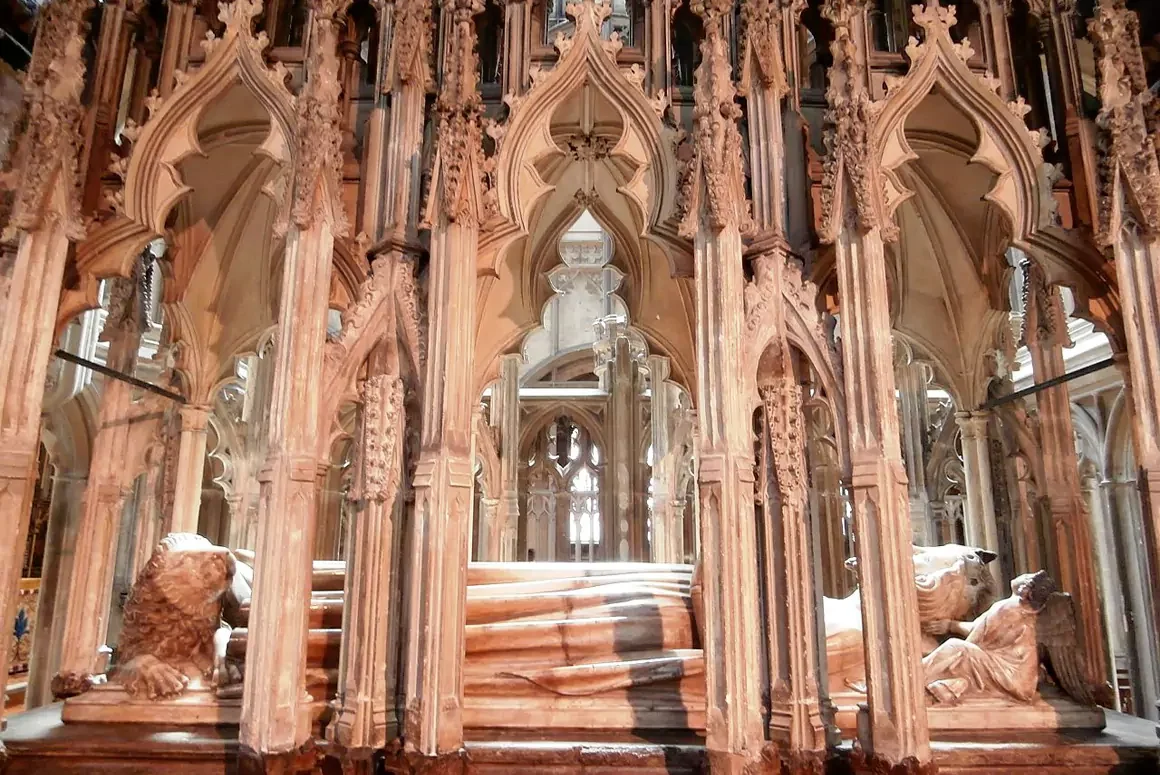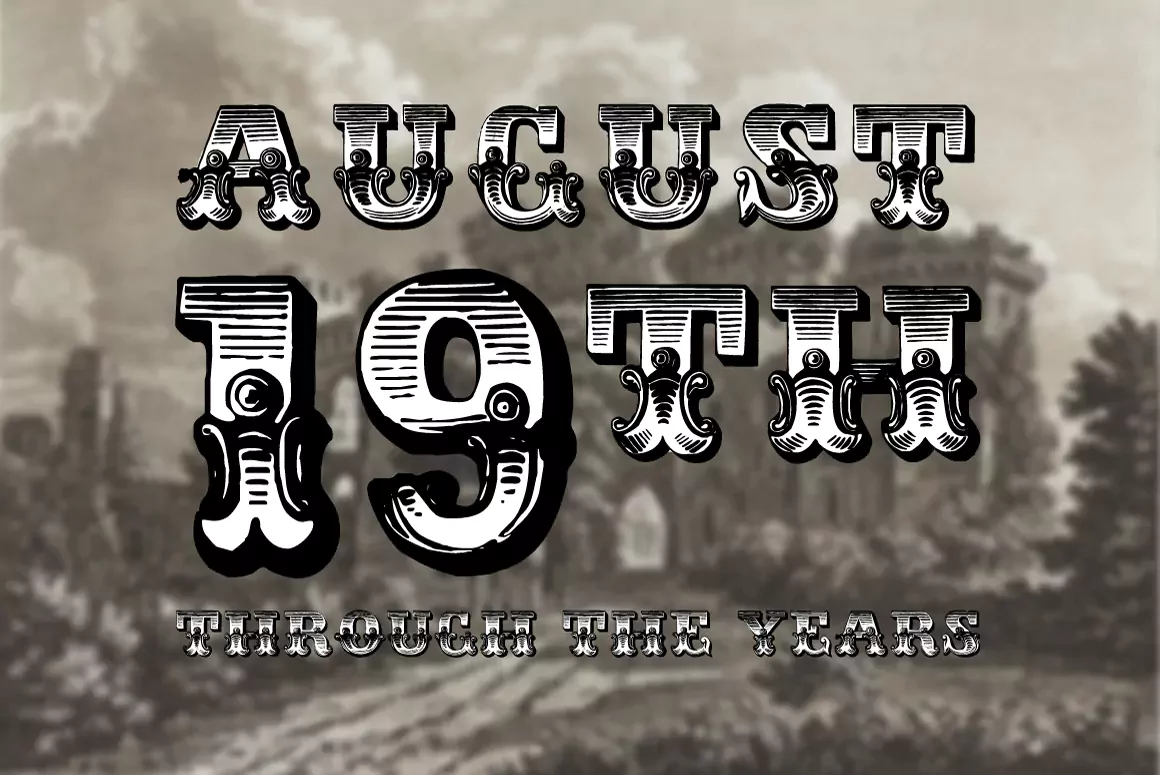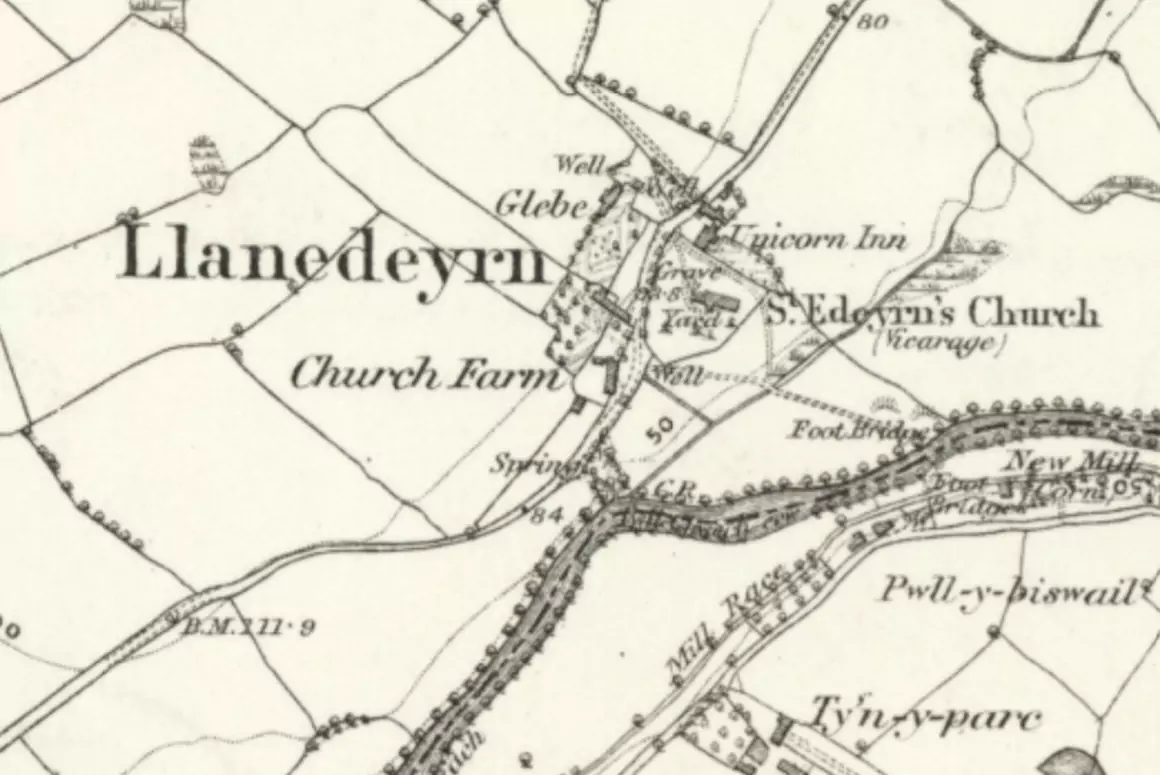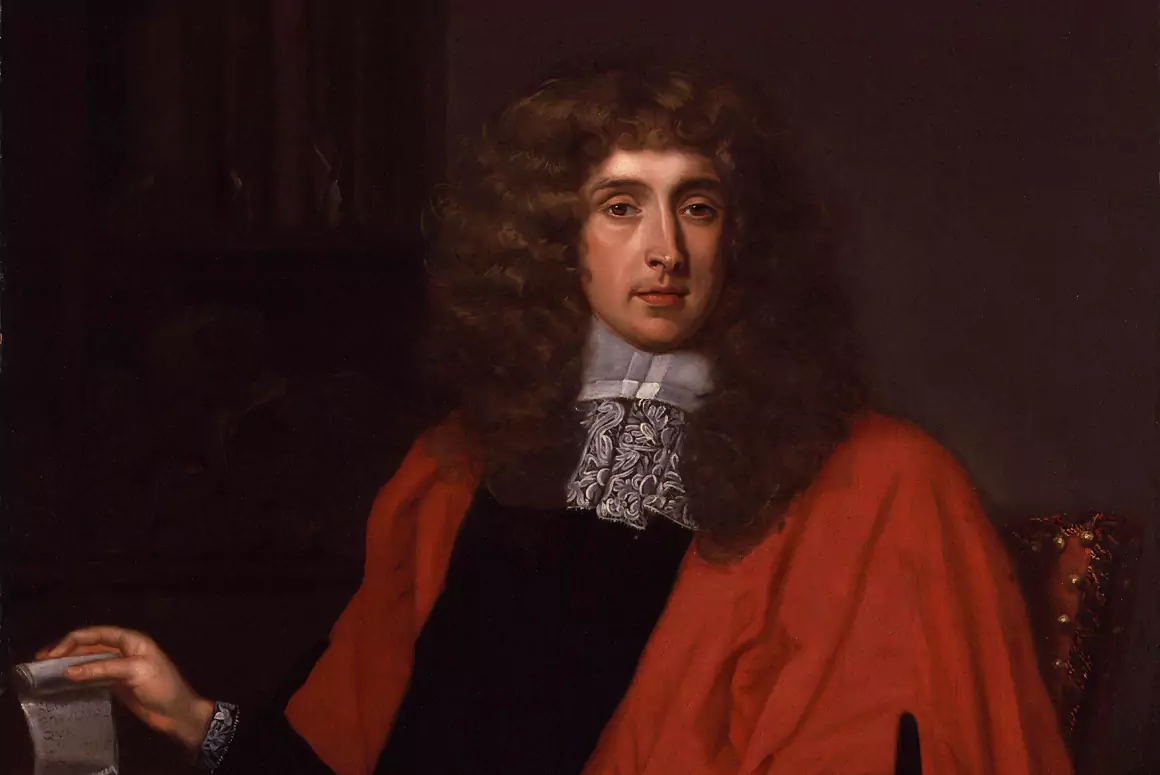Edward of Caernarfon. He was thus known, even when he became King Edward II. He’d been born in Caernarfon you see and was the first heir-apparent to the English throne to be styled ‘Prince of Wales’. It’s a contentious title though.
735 years ago, in April 1284, Edward had emerged on the eastern shore of the Menai. His father, Edward I, was the so-called ‘Hammer of the Scots’ and his mother, Eleanor of Castile, the one who had the valedictory ‘Eleanor Crosses’ erected after she died (hence Charing Cross).
Edward of Caernarfon would not be made of the same stern stuff as his Dad and certainly wouldn’t inherit his martial qualities. That ‘investiture’ occurred in 1301 when he was well into his teens and able to think for himself (he’d acted as regent in 1297-98 when his father was away campaigning). Edward was given the title and lands of the ‘Principality’ (those areas of Wales held directly by the English crown). These lands hadn’t always been English though.
Wales (and Caernarfon) had previously remained independent of England. The Welsh prince Llywelyn ap Gruffudd (or ‘Llywelyn the Last’) was ‘Prince of Wales’ from 1258 but refused to bend his knee to the ‘Hammer’, which prompted Edward I’s wars of conquest (beginning in 1277) and subsequent construction of today’s Caernarfon Castle to cow the Welsh. Llywelyn paid for his defiance with his life in a skirmish at Cilmeri, near Builth, in December 1282. And thereby died the last native Prince of Wales, who has a modern memorial today proclaiming, ‘Near this spot was killed our Prince Llywelyn 1282’.
Llywelyn was the grandson of another Llywelyn (the Great), who had successfully maintained his independence against both King John, and his son, Henry III. The younger Llywelyn had become ascendant in Gwynedd after the death of his uncle, Dafydd ap Llywelyn (who had first adopted the title ‘Prince of Wales’), in 1246, thereafter making himself a ruler of some repute by imposing himself on other, previously independent Welsh rulers.
Llywelyn was then acknowledged as Prince of Wales by Henry III (Edward II’s grandfather) in the Treaty of Montgomery (1267). This was the first time the title had been assumed officially and was the high-water mark of Llywelyn’s career, as the English king recognised his rule not only over Gwynedd, but also his overlordship over those other Welsh rulers. It wouldn’t last. The war of 1277 had seen Llywelyn lose much of his land and influence: the war of 1282 snuffed him out.
Although Edward of Caernarfon began an English tradition that the heir to the throne would be ‘Prince of Wales’, the feeling that there was a more ancient Welsh lineage that was deserving of this title (and had seen it forcibly removed) would never go away. Caernarfon remains a royal town to this day but is noted for its high percentage of Welsh speakers. The native language predominates here: Llywelyn the Last’s legacy persists.
In July 1307, Edward became king on his father’s death and quickly showed a propensity for employing ‘favourites’ such as Piers Gaveston, which riled the nobles of the realm. The following year Edward headed to France to marry Isabella, the so-called ‘She-Wolf of France’, who would prove to be just that, so far as Edward was concerned. Gaveston was appointed guardian of the kingdom while Edward was away, lording it over the nobles, who yearned for his downfall. They would eventually get hold of him in 1312, doing him to death.
It can be a distinct disadvantage to have had a powerful and successful father, as Edward found, when he invaded Scotland in 1314. He failed the comparison test, losing the Battle of Bannockburn in June, and effectively losing Scotland too. By 1318 the Scots had rolled back the conquests of Edward’s father. Risings would follow in Wales.
It would eventually be Isabella who would fatally undermine Edward. Having taken a lover, Mortimer, from among the discontented nobles, this coalition was responsible for the capture of the king in November 1326 and his abdication in favour of his young son (who became Edward III). Ironically, considering that Edward had been parachuted into Wales as an unwanted ‘Prince of Wales’, the Principality would play its part in his denouement. He was at Caerphilly Castle, frantically trying to rally support for his cause, while his authority across the border in England fell away. Getting the message, he abandoned the castle, possibly with a view to hightailing it to Ireland, but whatever his intentions, he was miserably captured to the north of Caerphilly. Edward was taken to Monmouth, and thence to England. He would never set foot in Wales again.
Edward of Caernarfon met his end across the Severn from Wales, in Berkeley Castle, in September 1327, allegedly courtesy of a rather warm poker. His life had its highpoints, but just like the life of ‘our Prince’ (the Welsh one), it ended in tragedy and was apt for a play entitled, ‘The troublesome reign and lamentable death of Edward II, King of England’, penned by playwright Christopher Marlowe.
The story doesn’t end there, of course. There have been Welsh-born Kings of England since Edward II. There was Henry V, who was born at the same Monmouth where Edward had been a captive. Then there was Henry Tudor (Henry VII), who was born at Pembroke, landed with an invasion force at Milford Haven, and wrested the crown from an English-born king, Richard III.
There have also been two investitures at Caernarfon in the 20th century. We owe this revival to pressure from a Welsh PM, David Lloyd George (but ironically born in Manchester). The first of these was for the future Edward VIII, in July 1911, the more recent for Prince Charles, in July 1969, an event that had been preceded by mass protests in Caernarfon. Llywelyn the Last was no doubt looking down, fists clenched, roaring his approval.
Feature image: Edward II’s Tomb, Gloucester Cathedral (Source – CC BY-SA 3.0)
References:
- Chambers Biographical Dictionary (1973)
- A Dictionary of British History (Ed. J.P. Kenyon, 1981)
Words: Stephen Roberts
First published in Welsh Country Magazine Jan-Feb 2019



![The 1st Prince of Wales? Caernarfon Castle, birthplace of Edward II[Source]](https://www.welshcountry.co.uk/wp-content/uploads/2025/01/Ca-1.webp)
![The 1st Prince of Wales? Inscription at the Llywelyn monument[Image: Stephen Roberts]](https://www.welshcountry.co.uk/wp-content/uploads/2025/01/Ll-3.webp)
![The 1st Prince of Wales? Edward II receiving the crown, illuminated detail c1307-27[British Library - Public Domain]](https://www.welshcountry.co.uk/wp-content/uploads/2025/01/Edward_II_-_British_Library_Royal_20_A_ii_f10_detail.webp)
![The 1st Prince of Wales? 'Cofia 1282', a protest against the investiture of Prince Charles at Caernarfon Castle in North Wales[Geoff Charles (CC0 1.0)]](https://www.welshcountry.co.uk/wp-content/uploads/2025/01/Ca-4.webp)


